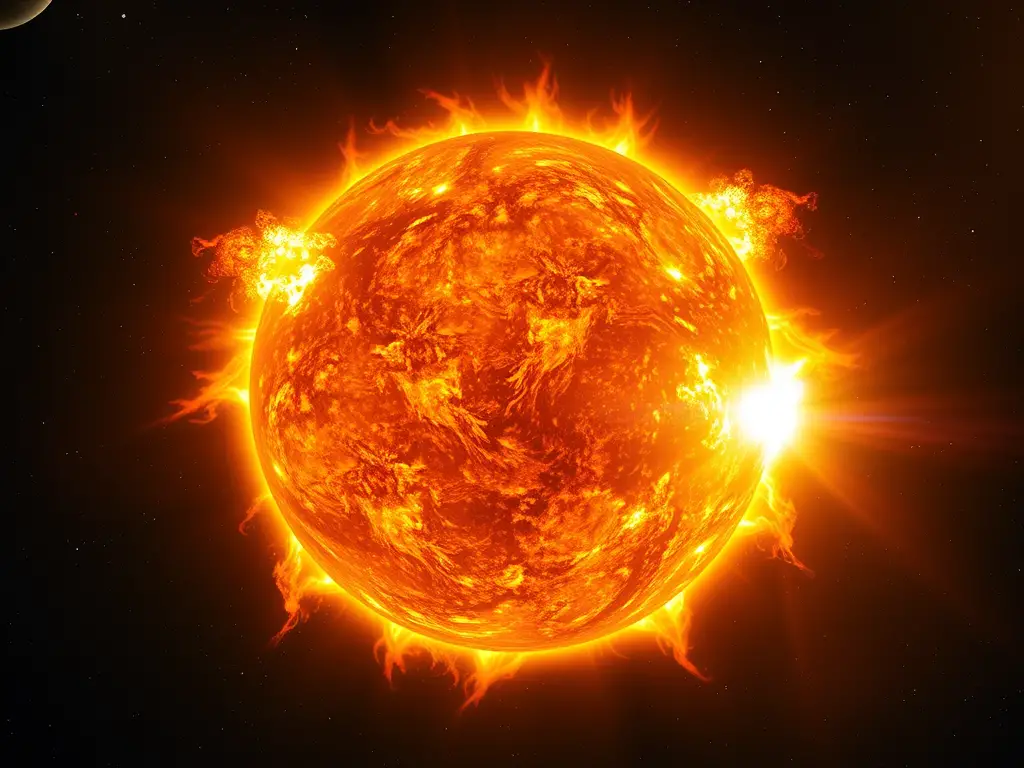US representative urges NASA to release unpublished photos of 3I/ATLAS comet after it changes color for the third time.

A Republican member of the US House of Representatives has formally requested NASA to release high-resolution images and related measurements of the interstellar object 3I/ATLAS to advance understanding of interstellar visitors and their interaction with our solar system.
Representative Anna Paulina Luna's letter to NASA's acting administrator seeks specific observations taken during the comet's close pass by Mars in early October and urges additional assets for further study.
Luna's request focuses on images captured by NASA's High Resolution Imaging Science Experiment (HiRISE) on the Mars Reconnaissance Orbiter when 3I/ATLAS passed near the planet. She also asks for supplementary data from other Mars assets and suggests more observations from the Juno spacecraft near Jupiter to study the object's composition and emissions.
3I/ATLAS, the third confirmed interstellar visitor after 'Oumuamua and 2I/Borisov, was discovered in July 2025 and reached perihelion in late October, showcasing surprising behavior and appearance that intrigued astronomers and the public.
The scientific community awaits the release of Mars imagery to resolve debates surrounding the object's behavior, acceleration, and composition. The push for transparency and timely data dissemination highlights the importance of maximizing the scientific return while the object remains observable.
Public interest in 3I/ATLAS remains high, with calls for comprehensive data releases to allow independent analysis and verification of reported anomalies and color changes observed as the object approached perihelion.
Luna's intervention aligns with efforts to promote transparency in space-related matters, emphasizing the need for researchers to access data promptly to make the most of scientific opportunities presented by rare astronomical events like 3I/ATLAS.
As the scientific community eagerly awaits the release of high-resolution Mars imagery, the focus shifts to resolving key questions about the object's behavior, composition, and trajectory, offering a unique opportunity to enhance our understanding of interstellar comets.
